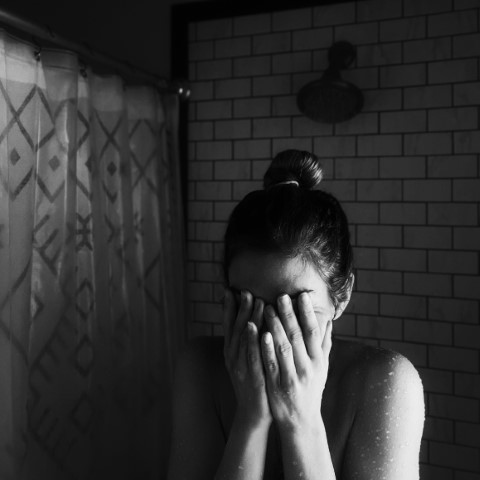In a world that celebrates happiness, recognizing depression can be a daunting challenge. If you’re here, you might be asking yourself, “Am I depressed?”. This short blog aims to shed light on the complexities of depression, helping you understand its signs and offers some guidance. Whether you’re seeking answers for yourself or to support a loved one, this blog is a step toward clarity in the midst of darkness.
In the following sections, we’ll delve deeper into the multifaceted nature of depression and explore how recognizing its various forms can be a crucial step on the journey to healing.
- Major Depressive Disorder (MDD): This is the most recognized form of depression. It involves persistent sadness, hopelessness, and a loss of interest in once-enjoyed activities. People with MDD may also experience changes in sleep patterns, appetite, fatigue, and difficulty concentrating. Treatment often involves therapy, medication, or a combination of both.
- Persistent Depressive Disorder (Dysthymia): Dysthymia is a chronic, low-grade depression that lasts for two years or longer. While not as intense as MDD, individuals with Dysthymia may constantly feel gloomy and apathetic. Therapy and lifestyle changes can help manage this condition.
- Seasonal Affective Disorder (SAD): SAD occurs during specific seasons, primarily in winter when there is less natural sunlight. Symptoms include low energy, oversleeping, weight gain, and irritability. Light therapy, increased exposure to natural light, and psychotherapy are common treatments.
- Atypical Depression: Atypical depression doesn’t follow the classic depressive profile. Instead, individuals may have increased appetite, oversleeping, mood reactivity, and a heavy feeling in their limbs. Treatments may include antidepressants and psychotherapy.
- Bipolar Disorder: This condition involves extreme mood swings between depression and mania. During depressive episodes, individuals exhibit typical depressive symptoms. In manic phases, they experience heightened energy, impulsivity, and a decreased need for sleep. Bipolar Disorder requires specialized treatment, often including mood stabilizers and therapy.
It’s crucial to remember that depression isn’t one-size-fits-all, and its symptoms can vary widely from person to person. So, how can you start feeling better if you suspect you’re dealing with depression?
- Seek Professional Help: If you’re experiencing persistent feelings of sadness, hopelessness, or any of the symptoms mentioned above, reach out to a mental health professional. They can provide an accurate diagnosis and develop a tailored treatment plan.
- Talk About It: Sharing your feelings with friends and family can be immensely helpful. They can offer support and understanding during your journey towards healing.
- Practice Self-Care: Incorporate self-care routines into your daily life. This includes regular exercise, a balanced diet, sufficient sleep, and stress management techniques like meditation or yoga.
- Set Realistic Goals: Break down your tasks into manageable steps and set achievable goals. This can help regain a sense of control and accomplishment.
- Stay Connected: Isolation can exacerbate depressive feelings. Try to maintain social connections, even when it feels challenging. Engaging with others can provide emotional support.
- Educate Yourself: Understanding depression and its various forms can empower you to cope better. It also reduces stigma and promotes empathy.
While self-support is vital, remember that you don’t have to face it alone. Therapy Cloud’s online therapy services are here as a valuable resource, offering accessible and expert support.
Take the next step towards your well-being – visit our website to connect with a mental health professional now.

